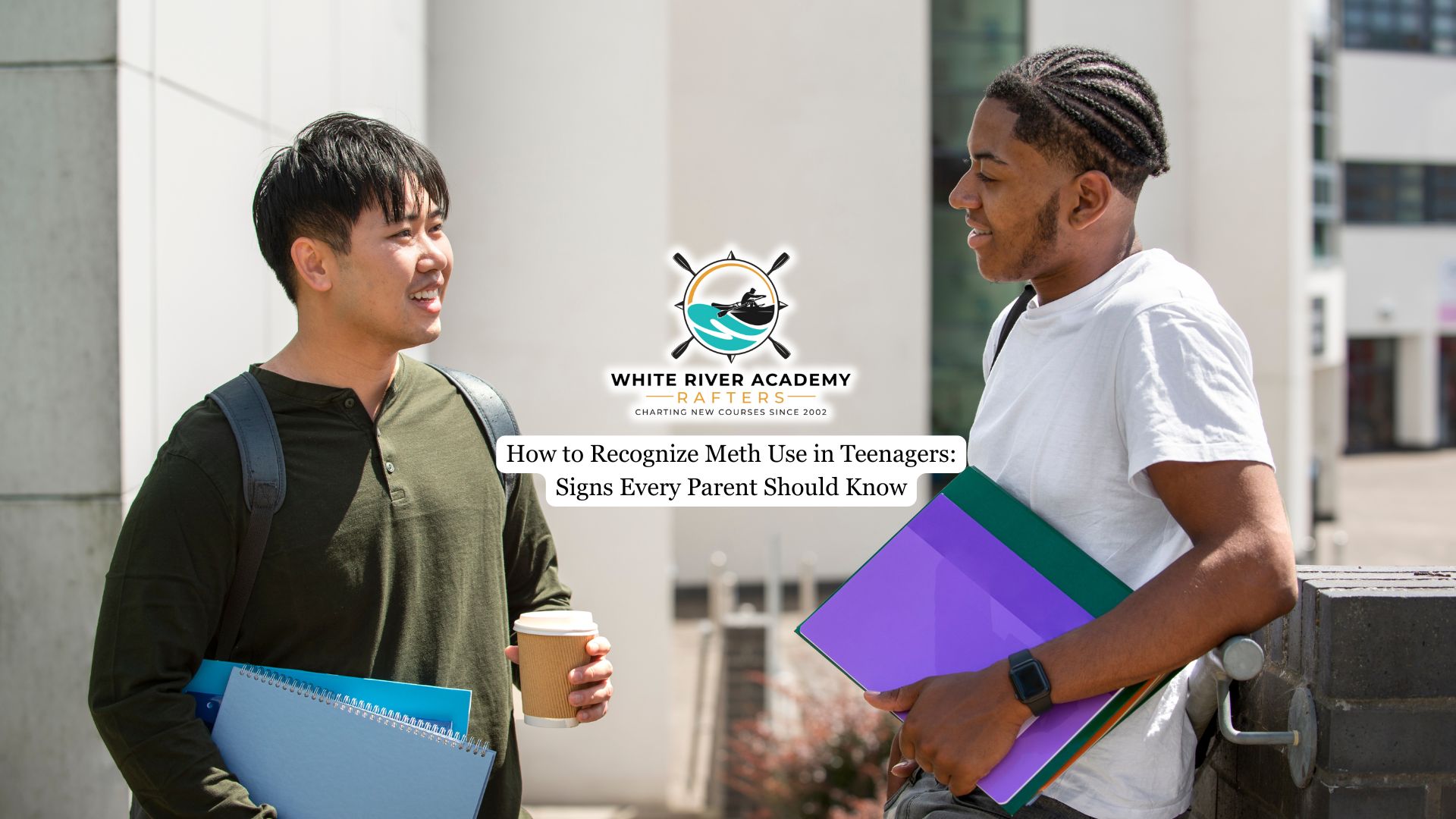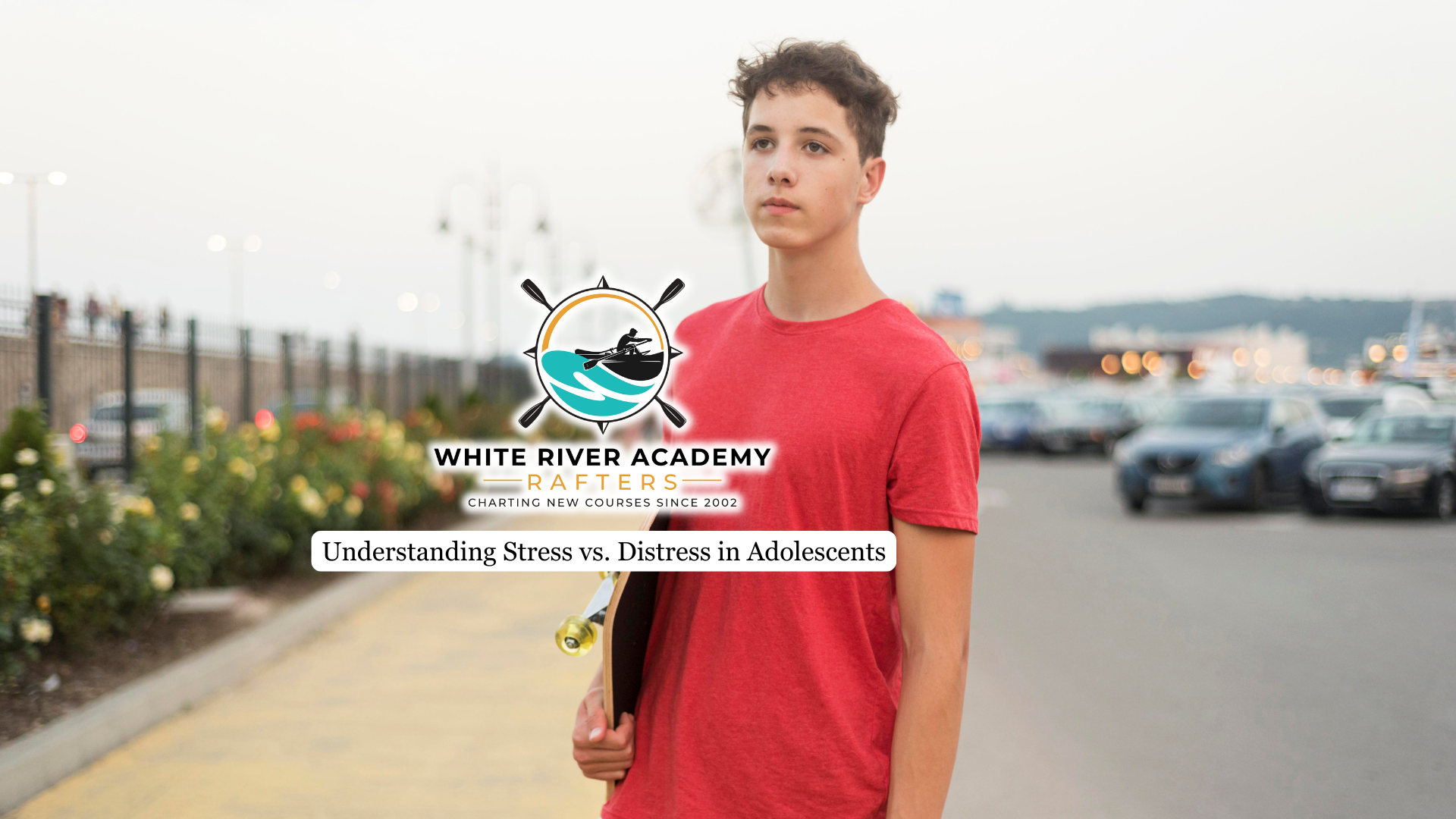Methamphetamine (also called meth or ice, among others) is one of the most addictive and destructive substances affecting teens today. Recognizing the early warning signs of use can make a significant difference in a young person’s recovery.
This article will help parents understand the behavioral, physical, and psychological indicators of methamphetamine use and provide guidance on what steps to take if they suspect their teenager may be struggling.
Understanding Methamphetamine and Its Dangers
This potent stimulant affects the central nervous system, producing intense euphoria, increased energy, and alertness, but it can quickly lead to dependency. Teenagers are particularly vulnerable because of peer influence, curiosity, or attempts to cope with emotional stress. The drug’s effects are far-reaching and can rapidly cause serious damage to the brain and body.
Prolonged use leads to mood instability, aggression, paranoia, and irreversible health consequences. Recognizing these dangers early and seeking methamphetamine addiction treatment for adolescents can play a crucial role in preventing long-term damage and supporting recovery.
Physical Signs of Meth Use in Teenagers
One of the first ways parents can identify methamphetamine use is through noticeable changes in their teen’s physical appearance. The substance severely impacts the body, and even short-term use can create visible symptoms. Weight loss is one of the most common indicators since it suppresses appetite and speeds up metabolism. Teens might also develop dilated pupils, increased sweating, or skin sores due to excessive scratching or picking.
In more advanced stages, users can experience what is known as “meth mouth,” characterized by severe tooth decay, gum disease, and mouth sores. The stimulant nature of the drug often leads to restlessness and poor sleep patterns, resulting in exhaustion and dark circles under the eyes. These symptoms, while not unique to meth use, become more concerning when combined with behavioral or emotional changes.
Behavioral and Emotional Warning Signs
Parents should also pay close attention to any shifts in their child’s behavior. Meth alters the brain’s reward system, often leading to erratic or unpredictable behavior. Teens may become hyperactive, overly talkative, or display bursts of energy followed by extreme fatigue. They may stay awake for long periods, neglect personal hygiene, or lose interest in previously enjoyable activities.
Emotional instability is another key sign. Users often show increased irritability, anxiety, or aggression. They may exhibit paranoia, hallucinations, or intense mood swings that strain relationships with family and friends. These behaviors can escalate, making it difficult for parents to differentiate between typical teenage rebellion and substance-induced changes.

Academic and Social Decline
Methamphetamine use can quickly impact a teenager’s performance at school and in their social life. Parents may notice a sharp decline in grades, an increase in absences, or disciplinary issues. Students who were once motivated and focused may start to appear distracted or disinterested in their academic pursuits. This decline often stems from the drug’s impact on concentration and memory, as well as a growing obsession with obtaining and using the substance.
Social withdrawal is another red flag. Teens may isolate themselves, change friend groups, or become secretive about their activities. They may also exhibit financial problems or steal money to fund their drug use. These behaviors, when observed together, strongly suggest that something deeper than typical adolescent challenges is at play.
How to Approach the Situation and Seek Help
Discovering that your teenager might be experimenting with methamphetamine can be overwhelming, but taking calm, deliberate action is essential. Begin by documenting the concerning behaviors and physical symptoms you’ve noticed. When approaching your teen, avoid accusations or harsh confrontations. Instead, express concern, emphasize love and support, and encourage open communication.
If your suspicions persist, seek professional guidance from a healthcare provider, therapist, or addiction specialist. Early substance abuse intervention can make a life-changing difference. Detox and therapy programs designed for adolescents can help teens safely withdraw and address the underlying emotional or psychological issues that contributed to their substance use. Many facilities also offer family therapy to rebuild trust and strengthen support systems.
Final Thoughts from White River Academy
Recognizing the signs of methamphetamine use in teenagers requires awareness, observation, and early intervention. The physical, behavioral, and emotional indicators often intertwine, revealing patterns that parents must not ignore. Acting quickly and compassionately can prevent long-term harm and pave the way for recovery.
At White River Academy, we specialize in methamphetamine addiction treatment tailored for adolescent boys in Utah, offering individualized therapy programs that help teens break free from dependency while addressing underlying emotional and behavioral issues. Our evidence-based care combines counseling, family therapy, and support to promote lasting recovery and well-being. If your teen is showing signs of methamphetamine use, reaching out for professional treatment today can be the first step toward rebuilding hope and healing.




